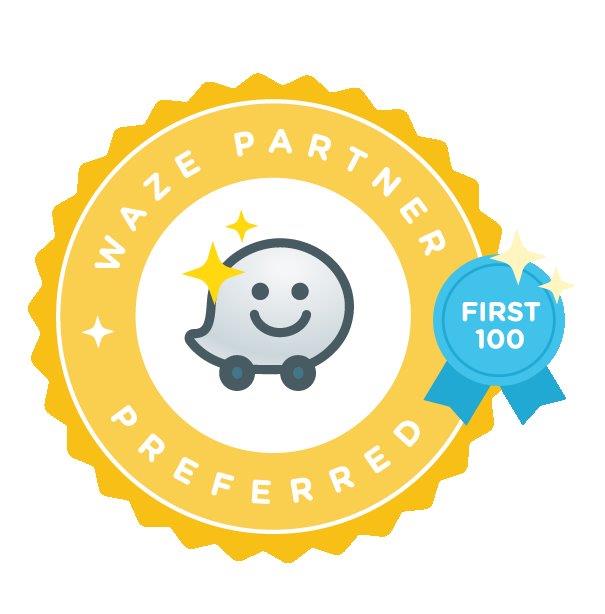
Consumers today can seem almost allergic to advertising. Adblockers help users ignore sponsored messaging, customers trust reviews and testimonials over sales pitches, and 72% of customers turn first to Google – not sales reps – when researching purchases.
These behaviors reflect key features of the buyer’s journey, or the decision-making process that takes your audience from potential customer to loyal convert.
In this blog, we’ll explain what the buyer’s journey is and how understanding it can help marketers achieve their goals.
What is the Buyer’s Journey?
Hubspot defines the buyer’s journey as the process through which buyers become aware of, consider and evaluate, and decide to purchase a good or service. It includes pre-decision, decision, and post-decision stages during which consumers seek valuable information from authoritative sources.
In short, it’s a summary of how your customers think. That’s advertising gold if you ask us.
While the buyer’s journey is based on established psychological concepts, its implications for marketers have evolved with changes in consumer behavior. With so many options at their fingertips, customers want to make sure they’re making the absolute best choice possible. And with access to more information than ever, they actually can.
By understanding the buyer’s journey, you can better identify with your customers, which aids in communication – the essence of good marketing.
More specifically, you can zero in on what they need, and thus how your brand can fulfill that need. This helps you craft high-value messages that will cut through the noise and foster trust between you and your audience.
The Stages of the Buyer’s Journey
Conventional wisdom defines a purchase as a process, not an event. The buyer’s journey helps marketers break down a customer’s experience of that process, allowing marketers to craft targeted messaging that meets customers where they are.
Awareness
The buyer’s journey starts with a customer becoming aware of a problem, or need. This could be anything from being hungry and deciding to pick a restaurant to eat for lunch, to realizing that one needs to buy a new car.
Tip: Consumers don’t want to buy something they don’t need. For customers at the awareness stage, messaging that focuses on your brand, goods, or services may fall on deaf ears or, worse, seem too aggressive.
Consideration
Once a customer realizes they have a need, they’ll begin considering solutions. This means researching and evaluating options, refining their criteria, and finally narrowing down a list of solutions. Customers often cycle between these steps until they’re ready to make a final decision.
Tip: Your media mix should accommodate how people gather information these days. Television and radio ads that highlight your value in a unique way can certainly make an impact, but for many brands, digital outreach will be key.
Consumers in the consideration stage often turn to customer reviews, testimonials, and other content that provides trustworthy information. Think about including these in your marketing strategy.
Decision
Having evaluated the necessary criteria and options, the consumer converts, or makes a purchase.
Tip: While the decision stage is a milestone for any brand, it’s not necessarily the end of the buyer’s journey, nor your work as a marketer. Some have even dubbed the post-decision phase the “Evangelize” stage, during which happy customers spread the word about the value of your good or service.
Customers who have already converted have the potential to contribute to your brand presence through the same customer reviews and testimonials that may have driven them to you in the first place. Make sure your marketing strategy doesn’t leave your post-decision buyers behind.
How to Use the Buyer’s Journey in Your Marketing Strategy
Start with questions. How will customers find you? What kinds of information, or content, will help them make an informed decision? And once they’re poised to make a purchase, what will facilitate their conversion?
You’ll need to address these questions when designing your website and planning your advertisements and content.
Use buyer personas. The buyer’s journey is all about empathizing with your customers. One specific way to do that is with buyer personas. These sketches or profiles of fictional customers help you narrow down exactly who you’re talking to, where they are in the buyer’s journey, and most importantly what to say to them.
To learn more, read our blog on the power of buyer personas.
Craft targeted content. Since so much of the buyer’s journey now happens online, your digital marketing strategy should incorporate strong, authoritative content targeted to consumers at various stages of the process.
First, consider your brand and target audience, then decide what kinds of content will best communicate with them. Blogs, articles, white papers, and user-generated content like reviews or social media posts are great examples of this kind of targeted content.
At Bloom Ads, We Know Buyers
The professionals at Bloom Ads specialize in creating the right media mix for your brand and target audience. If you have questions about media buying and planning, digital advertising, or just how to better reach your potential customers, get in touch today.












